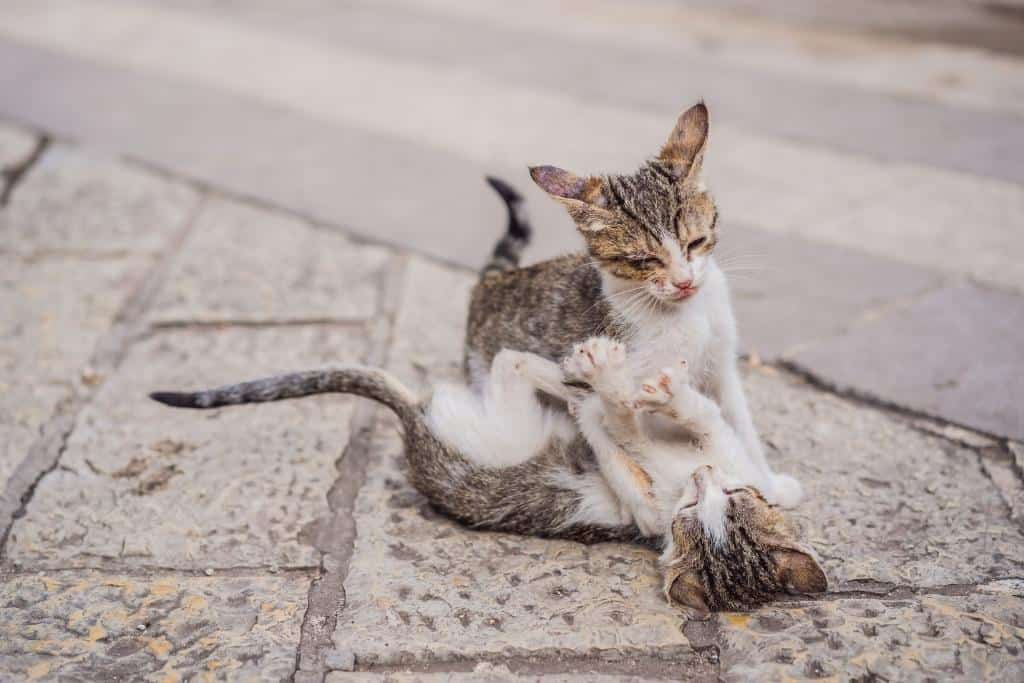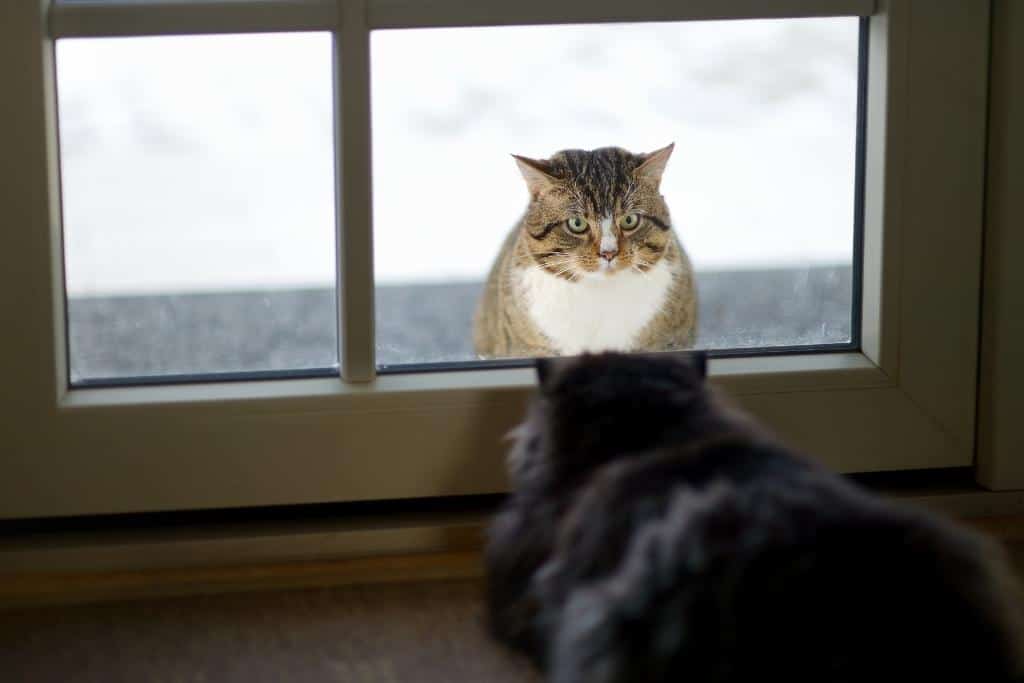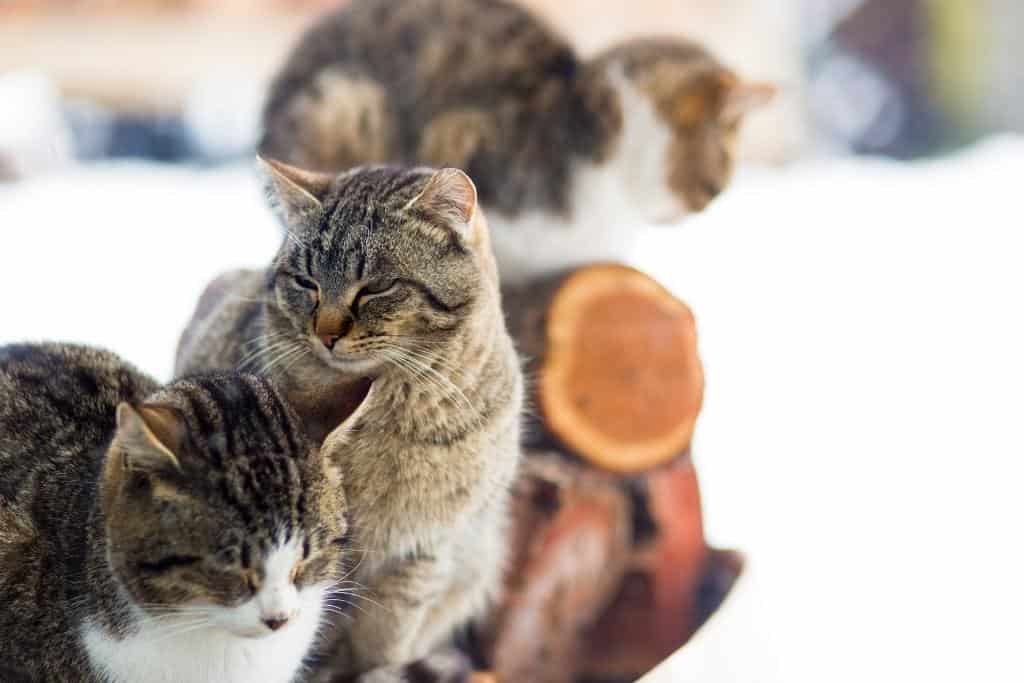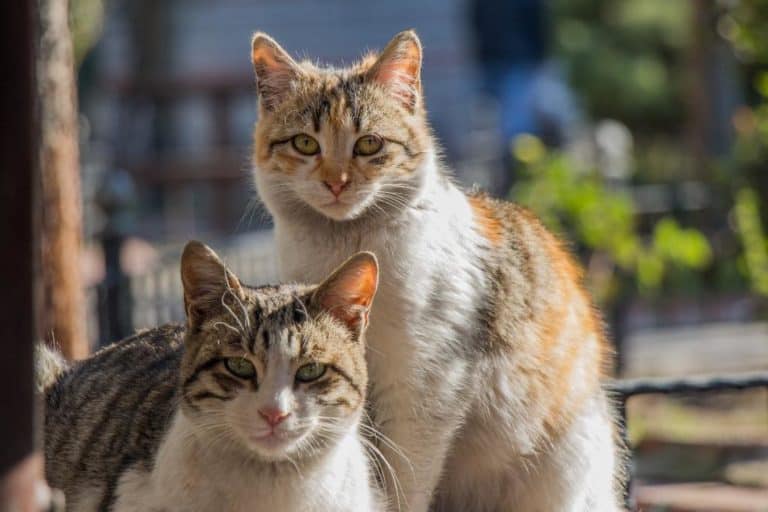Do Cats Live In Packs? The Truth From A Cat Lover
As any cat lover knows, these fuzzy creatures can be somewhat independent, often preferring to spend time alone rather than in the company of others.
However, this doesn’t mean that cats are not social animals. In fact, many species of wild cats live in close-knit groups, hunting and raising their young together.
Domestic cats also form bonds with their fellow cats, and they often enjoy spending time grooming and cuddling with their companions. So while cats may not create traditional packs, they still have a solid social instinct that helps them thrive in groups.
In rare cases, cats might band together.
For example, feral cats often live in colonies, and domestic cats may form bonds with other cats in the household. However, cats are not as social as dogs.
They typically prefer to live alone or in small groups, and they do not have the same strong sense of loyalty to the group that characterizes pride (See Lions) or other animal groups.
What is a pack?
A pack is a group of animals that live and hunt together, typically formed from related individuals, such as siblings or offspring. Still, it can also be composed of unrelated individuals who have come together to seek food or shelter.
The size of a pack can vary depending on the animal species but typically ranges from two to twelve individuals.
Wolves are perhaps the best-known example of an animal that lives in a pack, but many other animals, such as lions, monkeys, and hyenas, also form groups.
The advantages of living in a pack are numerous, including increased safety from predators and increased success in hunting.
However, packs also require animals to share food and space, leading to conflict.
As a result, packs are not always stable, and individuals may leave or be forced out of the group over time.
How cats live in groups

In the wild, cats live in groups called colonies. Each colony has a hierarchy, with a dominant male at the top. The rest of the colony is made up of females and their kittens. The colony works together to hunt and protect each other from predators.
Cats living closer to each other often form smaller groups, known as a clowder or clowder cats. These groups typically consist of related females, along with their kittens.
Males may also be a part of a clowder if they are related to the females. Clowders help cats survive by giving them access to more resources, such as food and shelter. They also provide safety in numbers, making it more difficult for predators to single out an individual cat.
Whether they live in colonies or clowders, cats are social animals that benefit from living in groups. By working together, they can better protect themselves and their young while increasing their chances of procuring food and shelter.
Are cats loners?

Cats are often thought of as loners, but the truth is that they are social creatures who crave companionship. Cats live in groups and form close bonds with their littermates in the wild.
They also rely on other pride members for hunting, grooming, and protection.
Even domesticated cats benefit from having another cat around. They are less likely to become anxious or depressed when they have a feline friend to cuddle up with or play with.
Of course, some cats are more independent, but even the most aloof cat will appreciate having another cat around.
Do cats have an Alpha?
While cats may not live in the same complex social hierarchies as dogs, that doesn’t mean they don’t have a pecking order. In fact, many cat behaviorists believe cats have an “alpha,” or dominant cat in their social group.
The alpha cat is typically in charge of enforcing rules and maintaining order. This cat may be the most assertive and confident one in the group, and it’s usually the one that other cats look to for cues on how to behave.
While the alpha cat doesn’t necessarily have more physical power than the other cats, it does have a higher social status. As a result, the alpha cat usually gets first dibs on food, toys, and other resources.
Do cats have a hierarchy?

While cats are often portrayed as independent creatures, they form complex social structures when living in groups. In most cases, each cat will have a distinct territory to defend against intruders.
However, there is typically a large amount of overlap between territories, and cats will often interact with each other daily.
While there is no strict hierarchy in place, cats will usually defer to those that have been in the group for more extended periods. In addition, older and larger cats will usually have first access to food and other resources.
As a result, while cats may not have a formal hierarchy, they still maintain a social order that helps keep the group organized.
Are cats social animals?
While cats are not as social as dogs, they still form meaningful bonds with their owners and other members of their household.
Cats are brilliant animals, and they quickly learn to associate their owner’s voice and face with food, safety, and love.
As a result, cats develop strong attachments to their caregivers.


